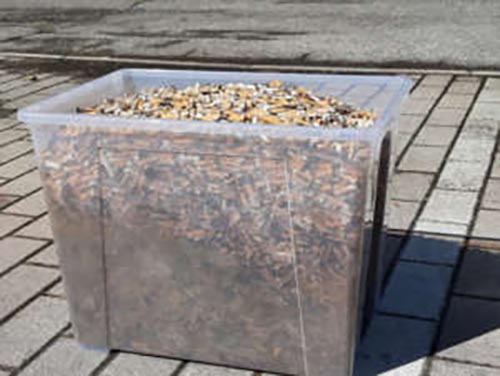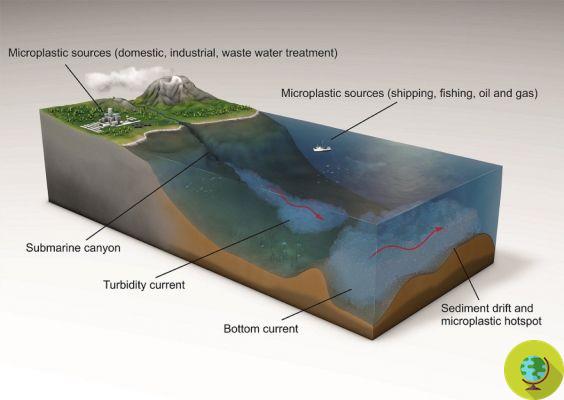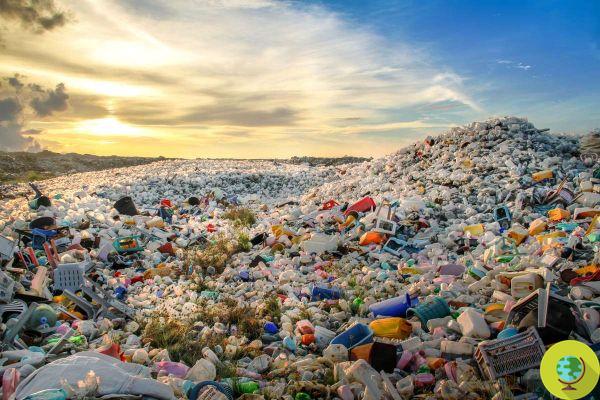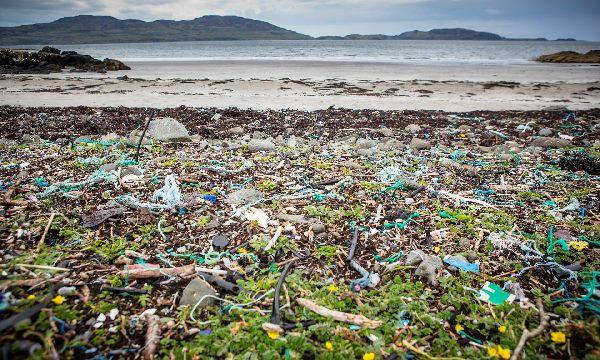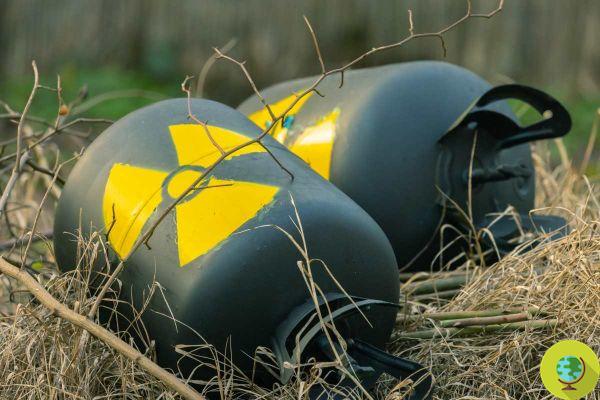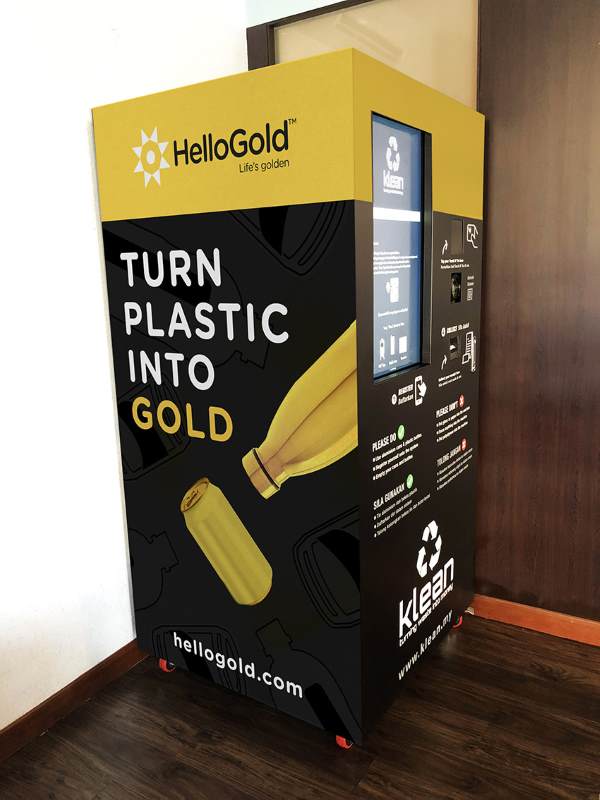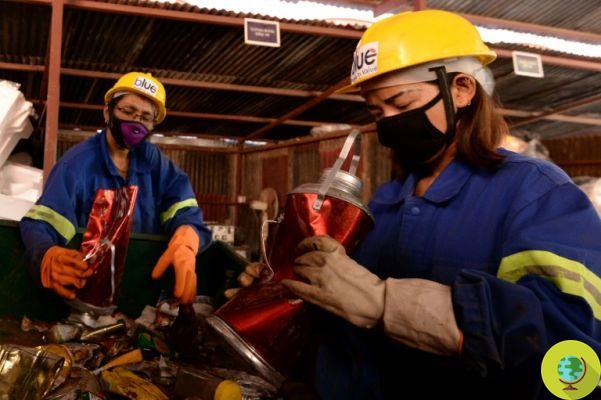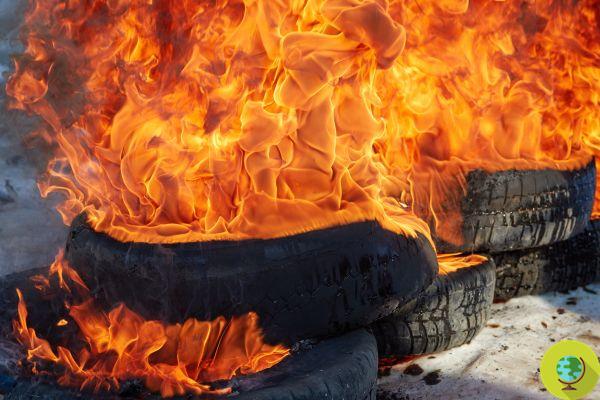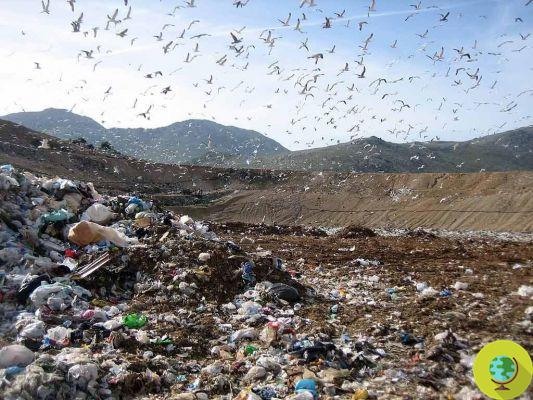The highest stools in the world (or almost) are on Everest. It is not a joke, and not too hyperbole. On the famous peak of the Himalayas there is a real environmental nightmare, due to the uncontrolled accumulation of feces by climbers. But that could be solved by the Mount Everest Biogas Project, of the University of Kathmandu (Nepal) in collaboration with that of Seattle (USA), which aims to produce biogas precisely with those excrements
He is about to end up run over, his mother saves him
The highest stools in the world (or almost) are on Everest. It is not a joke, and not too hyperbole. On the famous peak of the Himalayas there is a real environmental nightmare, due to the uncontrolled accumulation of feces by climbers. But that could be solved by the Mount Everest Biogas Project, of the University of Kathmandu (Nepal) in collaboration with that of Seattle (USA), which aims to produce biogas with precisely that excrement.
From 1953 to 2016, nearly 4.500 people from all over the world followed in the footsteps of Tenzing Norgay and Edmund Hillary who first climbed the 8848m-high peak, for a total of around 7.600 arrivals to the top. 2017 was a record season: 375 climbers reached the highest point of the mountain, never so many since 1953. And so many human beings mean so much excrement.
The Everest base camp from which the climbs start, on the Khumbu glacier, has in fact become a sort of “village”, where hundreds of climbers set up camp in view of the undertaking. For a maximum of three months a year, but already enough to create a real environmental nightmare: in fact, they register on the site 12 tons of human feces per year, which are putting sources of clean water at serious risk.
Of course, governments have been active for some time: Nepal enacted regulations in 1991 to mandate the removal of waste and a pollution control committee was created to manage the environmental protection of Mount Everest National Park. However, due to the remote nature of the area, no solution has yet been found for the safe treatment or disposal of human feces.
Hence the idea of the Mount Everest Biogas Project: using excrement as the input material of a anaerobic digester capable of producing biogas. “It is a creative adaptation of existing biogas digester technology - reads the project website - with customized modifications for operation at high altitudes and at extremely low temperatures. It also uses only human waste as a starting fuel ”.
Both characteristics are real scientific challenges: in fact, the "extreme" conditions in which the digester will be positioned make the conversion into biogas less favorable and, moreover, human feces are a type of waste that produces less methane gas than that produced using waste of animal origin.
To address these difficulties, the team of scientists have tried several ways: currently the digester design includes a controlled temperature environment, obtained through a protection, in turn covered with insulating material.
And for consistency with the green objectives, the energy necessary for the operation of the equipment is obtained through photovoltaic panels and stored in suitable batteries to compensate for any sunny days and night hours.
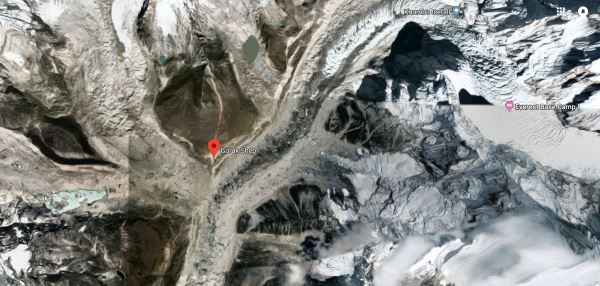
Photo: Position of the digester
In 2016, laboratory tests on a mini digester, performed using human waste samples from Everest base camp at predicted temperatures, were successful.
It is not the first project that aims to use feces as an energy source (undoubtedly renewable, at least as long as the human species exists), but it is the first in such a complicated environment. And it is currently raising funds for the implementation of the digester on site, which should cost around 430000 €.
Nothing is thrown away, ever.
Roberta de carolis
Read also:
- Separate collection: 30 waste that is neither recycled nor composted
- The toilet that produces energy and recycles human waste (VIDEO)




